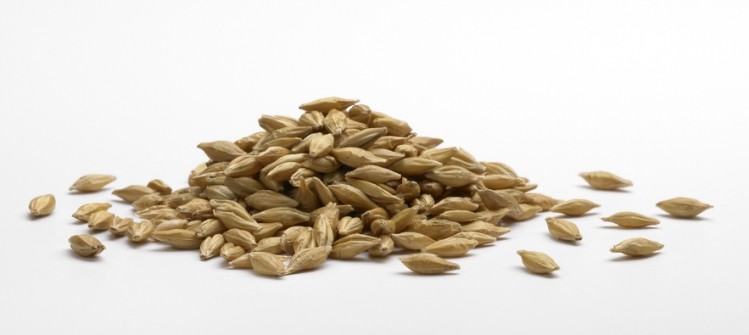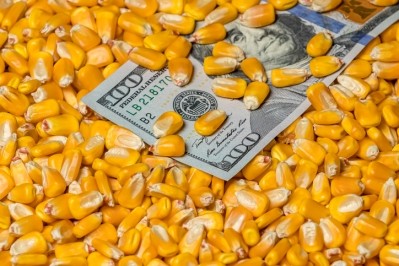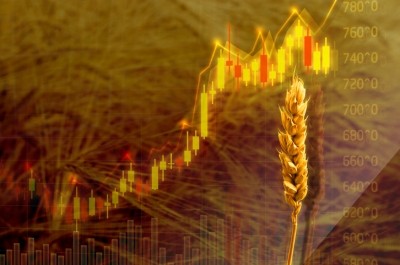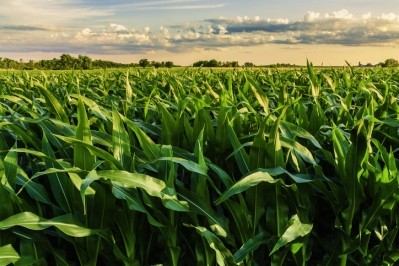Markets price in risk of lower barley planted area in Ukraine

The outlook for barley markets, particularly in Europe, is for a tight season, with increasing demand due to a limited corn availability, alongside an outlook for increasing export demand due to the expected loss of grain production from Ukraine, according to the latest outlook from the CRM Agri team.
While Ukraine is the fourth largest barley producer, representing just 7% of global production, in terms of exports, the conflict torn country is more significant, with it representing nearly 17% of the global export market in 2021/22, said the grain market specialists.
The immediate concern is for the ability to plant spring barley - in Ukraine, 40% of the barley crop is winter planted and 60% is spring planted, they noted.
Estimates for corn spring planting is for between a 1/3 to 50% reduction in area, finds the report. With a similar level of spring barley planting disruption, then a likely planted area is between 1.8-2Mha, down from 2.6Mha in 2021.
With that reduction in planted area, production outlooks of between 5.4-6Mt and similar consumption, it would leave 1.4-2Mt of available for exports next season, removing nearly 3% from the global export market, they reported.
Disrupted harvest and export season
Similarly to corn, there is still time to plant spring barley in Ukraine, said the analysts. “However, the chances of a peace agreement appears to look extremely unlikely. The market is therefore continuing to price in the risk of a sharply lower area and weighing up the risks of a disrupted harvest and export season from Ukraine.”
“As a result, barley prices are receiving support. However, it is not just barley that is facing a tightened outlook, corn markets are facing an even greater challenge to demand, and wheat markets are pricing in a large amount of risk uncertainty. As a result of the somewhat interchangeable nature of feed grains, and the shared uncertainty regarding Ukraine, all grains have been pushing higher within the same complex as prices try to ration demand.”








